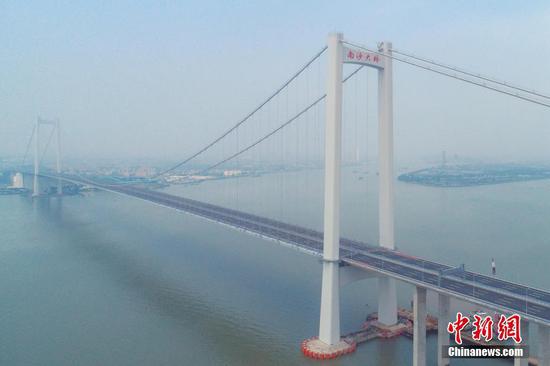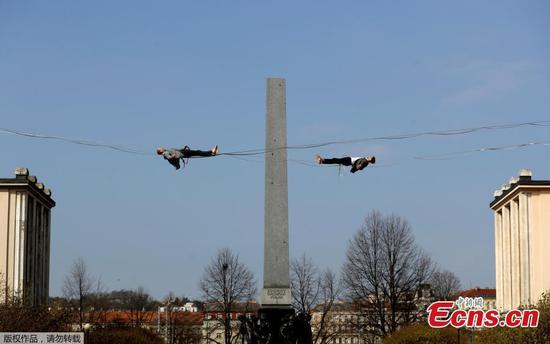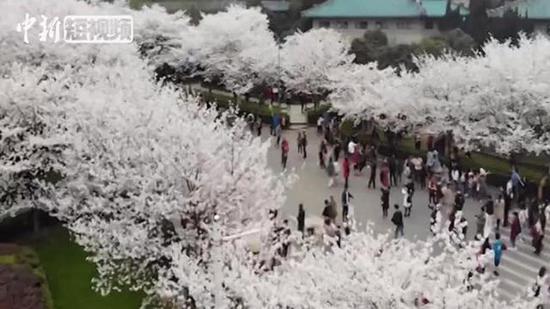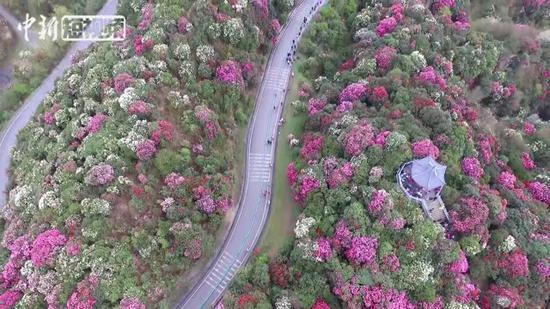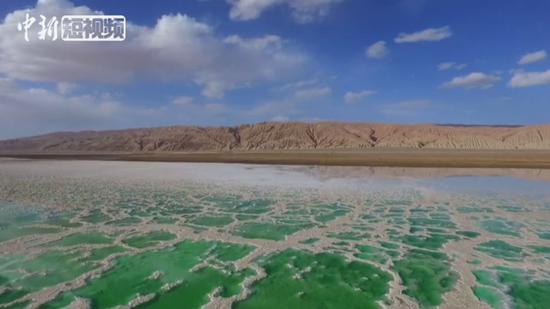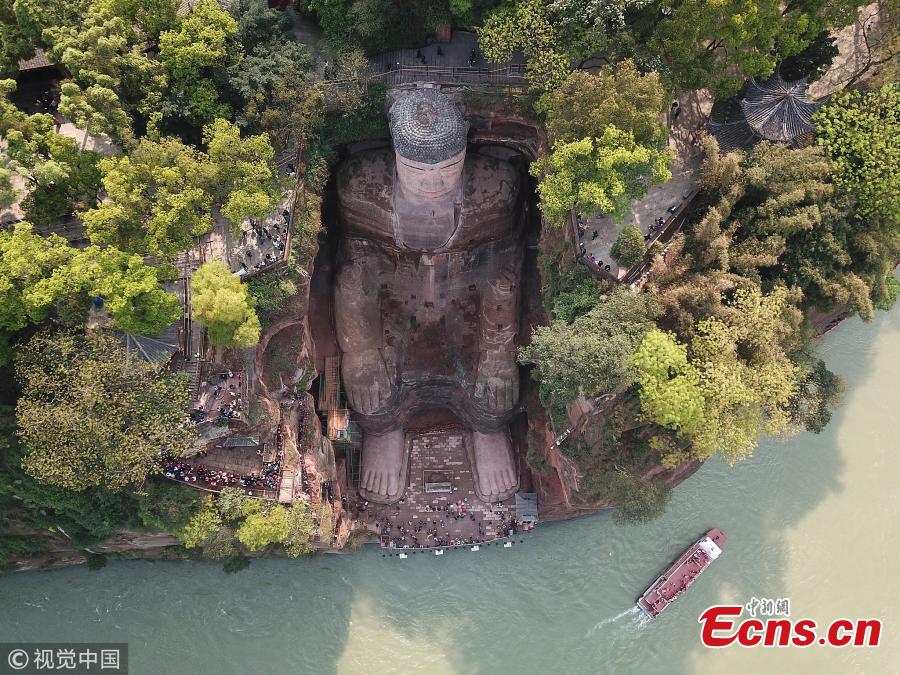
The Jiuqu Zhandao (Nine Bends Plank Road) reopens to tourists at the Leshan Giant Buddha, a UNESCO world heritage site, April 1, 2019. Sixty centimetres at its most narrow and just under one-and-a-half meters at its widest point, the path has 217 steps that wind along a cliff. Standing 71 meters high, the statue was carved out of a hillside in the 8th century and looks down on the confluence of three rivers. (Photo/VCG)
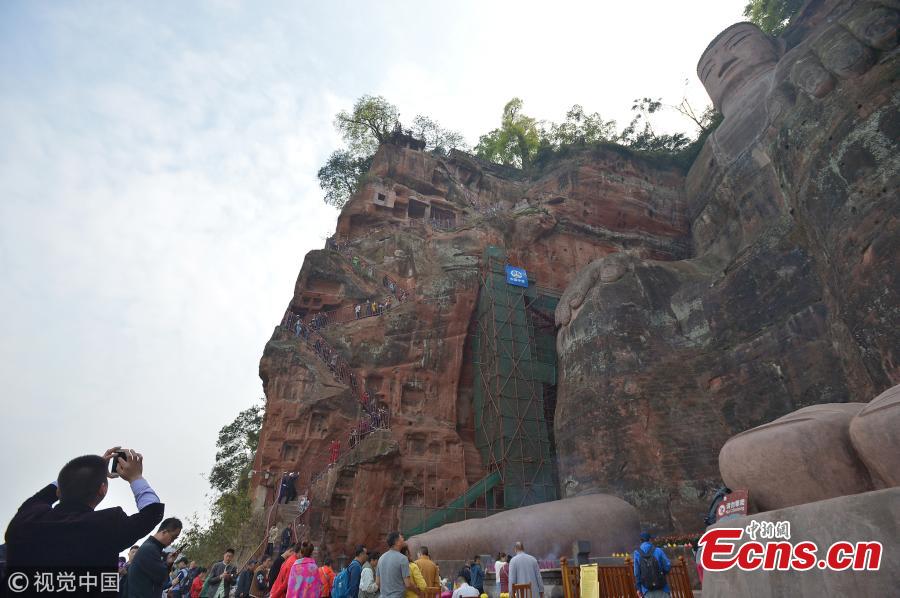
The Jiuqu Zhandao (Nine Bends Plank Road) reopens to tourists at the Leshan Giant Buddha, a UNESCO world heritage site, April 1, 2019. Sixty centimetres at its most narrow and just under one-and-a-half meters at its widest point, the path has 217 steps that wind along a cliff. Standing 71 meters high, the statue was carved out of a hillside in the 8th century and looks down on the confluence of three rivers. (Photo/VCG)
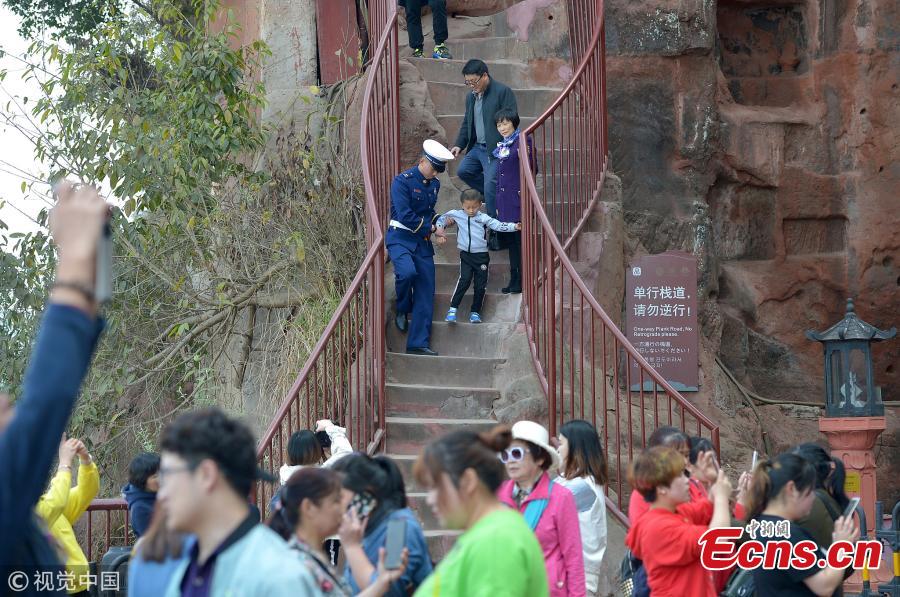
The Jiuqu Zhandao (Nine Bends Plank Road) reopens to tourists at the Leshan Giant Buddha, a UNESCO world heritage site, April 1, 2019. Sixty centimetres at its most narrow and just under one-and-a-half meters at its widest point, the path has 217 steps that wind along a cliff. Standing 71 meters high, the statue was carved out of a hillside in the 8th century and looks down on the confluence of three rivers. (Photo/VCG)










